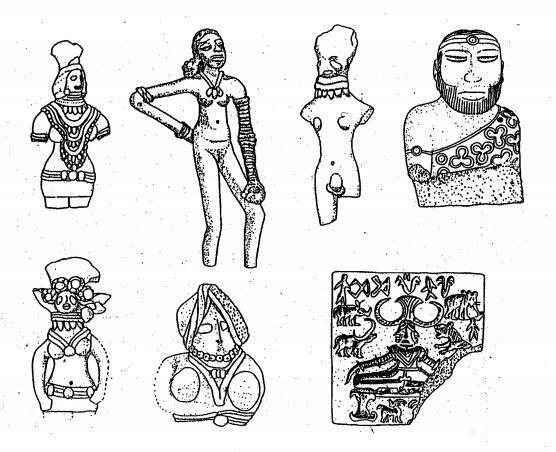The discovery of inscribed seals, chert weights and other unique artifacts at the site of Harappa in 1853 heralded the beginning of archaeological research on the Indus Valley Civilization of Pakistan and Western India. Since that time numerous sites with similar material culture have been discovered throughout the vast alluvial plains of the Indus river valley and along the now dry Ghaggar-Hakra river as well as in the adjacent regions to the west and east. Originally referred to as the Harappa future, the discovery of these other sites led to the common use of the terms Harappan or Indus Valley Civilization to refer to the major urban phase of this society, which dates from 2600 to 1900 BC.

